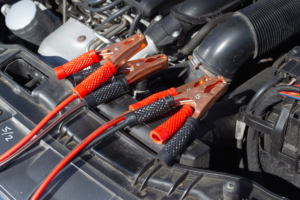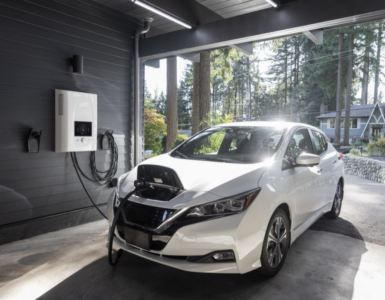Cars need many different things to run correctly; one of the most important is the car battery. Car batteries must be used regularly to keep them performing well. A malfunctioning battery can cause all sorts of problems for your vehicle.
However, many people ask this question: how long does a car battery last without driving? In this post, we’ll provide an answer to this question and more! So keep reading for more information.
How Long Can A Car Battery Stay Before It Dies?
There’s no definitive answer to this question. The time it will take for a battery to die will depend on several factors, including age, make, and model of the battery, as well as the make and model of the car. Generally speaking, most batteries should last years. But if you’re not using your car regularly, it’s a good idea to check the battery every few weeks or months to be sure it’s still in good condition. A dead battery can leave you stranded, so it’s always best to be prepared.
When The Battery Is Connected
A car battery is designed to store a charge for a long time to start the car, even after sitting for weeks or months. However, over time the battery will slowly lose its charge, and eventually, it will no longer be able to start the car. The amount of time a battery can hold a charge when connected to the vehicle depends on several factors, including the battery’s condition, the age, temperature, and whether any electrical accessories are switched during the period you’re not using the car. In general, most batteries will lose their charge after about six months of being idle. Therefore, it is vital to start and run the car engine regularly. This will help keep the car battery charged.
When The Battery Is Disconnected
 When a car battery is disconnected, it will gradually lose its charge. However, a disconnected car battery can last for several weeks or months without dying. So, if you need to park your car for an extended period without driving, you can do so without worrying about the battery losing its charge. But, it’s always best to connect the battery to a charger every few weeks to be safe. When you follow these precautions, you can ensure that your car battery will stay charged even when it’s not in use.
When a car battery is disconnected, it will gradually lose its charge. However, a disconnected car battery can last for several weeks or months without dying. So, if you need to park your car for an extended period without driving, you can do so without worrying about the battery losing its charge. But, it’s always best to connect the battery to a charger every few weeks to be safe. When you follow these precautions, you can ensure that your car battery will stay charged even when it’s not in use.
How To Keep Your Car Battery Well Charged When Not In Use
Many people are unaware that a car battery can lose its charge when not used. There are several reasons for this, including cold and heat weather and electrical issues. But fortunately, there are many things that you can do to help keep your car battery charged when not in use.
The first thing you can do is to regularly start your car and let it run for a few minutes. Doing this will help to charge the battery and prevent it from losing its charge. Also, you can invest in a battery charger and plug it into your car when it is not in use. This will help keep the car battery charged and ready to go when needed. Finally, keep an eye on the car battery level and top it off with distilled water if required. These steps enable you to keep your car battery charged when not in use, so you can continue to enjoy your car without any problem.
What To Do If Your Battery Is Dead
You can try a few tricks to revive your car battery if it’s dead. First, check the car battery connections to ensure they’re tight and clean. Next, try jump-starting the battery with a charger or another car. If that doesn’t work, you may need to replace the battery.
New car batteries last around 3 to 5 years, so if yours is getting to that age, it may be time for a replacement. In any case, keeping a charger in your car in case of emergencies like this is always a good idea. That way, you can get back on the road as soon as possible.
In Conclusion
A battery in a car that’s not driven regularly will eventually die. How long it takes the battery to die depends on whether it’s connected to the car or not. If you won’t be driving your car for some time, it’s best to disconnect the battery from the car, so it doesn’t die completely. In case the battery is dead completely, try the tips we discussed in this post to revive it.











